Why Simple Website Design is The Best: The Scientific Reasons
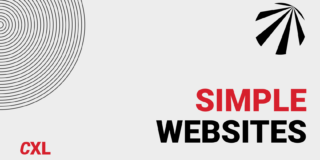
A study by Google had two key findings:
- Users will judge websites as beautiful or not within 1/50th to 1/20th of a second.
- “Visually complex” websites are consistently rated as less beautiful than their simpler counterparts.
Moreover, “highly prototypical” sites—those with layouts commonly associated with sites of their category—that also had a simple website design were rated the most beautiful.
In other words, the study found that the simpler the design, the better.
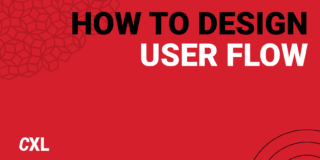

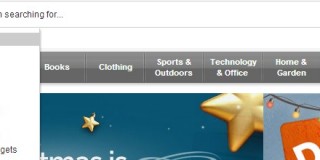
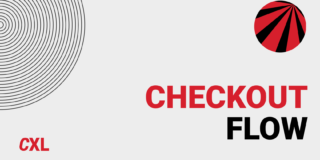
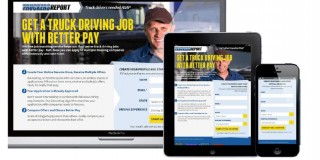



![How to Improve Your Home Page [Website Review]](https://cxl.com/wp-content/uploads/2014/01/video-320x160.jpg)